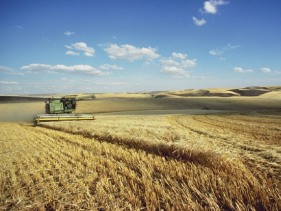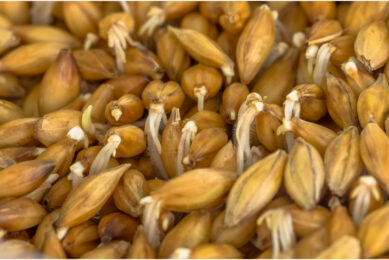Baronesse deposed of as queen of barleys

For more than a decade, a barley named “Baronesse” has reigned as the undisputed queen of feed barleys in Idaho, US. That’s an impressive record in a state that’s the nation’s No. 2 producer of this cereal.
But Baronesse’s superiority is being challenged by barleys from Agricultural Research Service (ARS) scientists in Aberdeen, Idaho, and their University of Idaho colleagues.
Regionally adapted barleys from their ongoing barley breeding program are edging ahead of Baronesse’s record yields.
Lenetah and Tetonia
For example, a barley called "Lenetah" yielded more tons per acre in northern Idaho research trials than did Baronesse.
Those yields led ARS plant geneticists and barley breeders Don Obert and Darrell Wesenberg (now retired) and university co-investigators to make Lenetah seed available to other researchers and plant breeders for the first time last year.
Lenetah seems best suited for rain-fed fields of northern Idaho and eastern Washington, while "Tetonia," another barley from Aberdeen, does best in irrigated farmlands of southern Idaho.
Like Lenetah, Tetonia has moved ahead of Baronesse in terms of yields. Tetonia produced yields 2 to 6% higher than those of Baronesse in tests conducted from 2001 to 2006 in Idaho and elsewhere in the West. The research team released Tetonia in 2007.
The biggest "customers" for feed barleys, from both a literal and financial standpoint, are dairy cows and beef cattle. The grain provides proteins, carbs, and other nutrients essential for the health of the big bovines, and is a nutritious alternative to corn.
The scientists have documented their work in an article published in the Journal of Plant Registrations.











